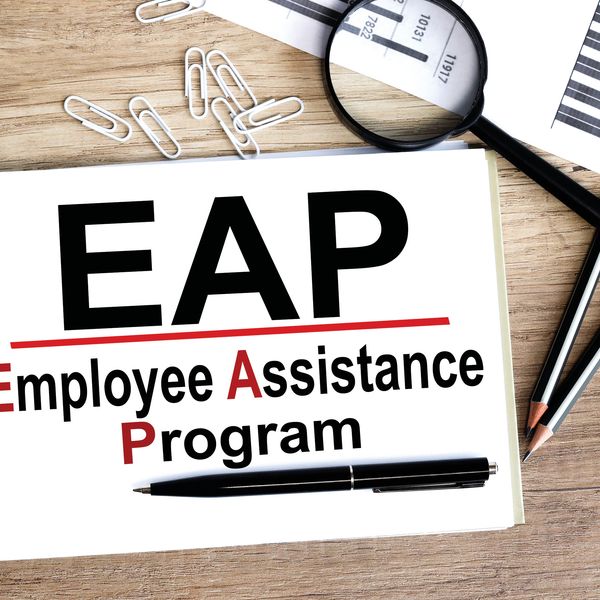Financial wellness benefits boost employee well-being
Financial benefits are about more than dollars and cents; more workers are indicating that they affect their mental health.
The Consumer Benefits and Insights Research survey from Voya Financial found that 63 percent of Americans “strongly agree” or “agree” that financial stability impacts their mental health. This is an increase of 6 percent from 2023.
This trend shouldn’t be ignored, as worries about finances can bring stress and unease that leads to depression and anxiety. Chronic stress often has negative physical impacts as well, including a weaker immune system, high blood pressure, and heart troubles.
In addition, stress can lead to unhealthy choices, such as binge eating, or self-destructive behaviors like alcohol or drug abuse.
These strains on well-being are certainly concerns from a personal standpoint, but they lead to workplace issues as well. They can drag down output and morale and lead to employee absences, impacting productivity.
Offer support all year
To ease the burden of financial worry, employers should be prepared to offer year-round support that helps employees navigate their financial situation and the impact it makes on their mental health. This can include:
Financial education: Employees are looking for education about financial matters and would benefit from information about debt reduction, budgeting, saving, benefits, and making the most of a retirement plan. Understanding their finances can help employees gain control of the situation and get rid of some of the underlying uncertainty that can bring anxiety.
A mixture of education formats: The Voya survey shows that employees value both digital tools and a personal touch. Offer personalized information through your retirement plan provider or an objective financial advisor as well as online financial calculators. The survey found that confidence in making benefit decisions would increase with:
- Personal benefit recommendations – 49 percent
- Interactive calculators – 39 percent
- One-on-one support – 38 percent
Understandable benefits information: Employees want to make the most of their benefits, and to do that they need information they can understand. When open enrollment season arrives, make sure that employees are provided with educational resources, an opportunity to ask questions, and time to make decisions. Voya’s survey found that 77 percent of employed Americans planned to spend more time reviewing benefits during the open enrollment period in 2025 so they could maximize their benefit dollars. This was an 8 percent increase over 2024.
An easy way to save: Most employees have their paycheck automatically deposited into a bank account. Allow them to split the deposit between a checking account and a savings account, so they can save toward a goal or create an emergency savings fund. Seeing the savings fund grow can build confidence in addition to financial stability.
Emergency grants: An unexpected hospital bill, natural disaster, or accident can deplete finances. A company can offer an emergency or hardship grant program to help employees make it through a challenging time. The fund could help them pay for groceries, utilities, childcare, housing, and other costs.
Mental health care: Publicize the mental health resources available to employees, such as an employee assistance program or help from local mental health organizations. Use articles on your intranet or team meeting announcements to remind employees that these resources are available. Make sure supervisors know where to direct employees who have concerns about finances or mental health challenges.
Key to remember: Money concerns can have a significant impact on employee mental health. To ease the burden of financial worries, offer education opportunities as well as support for mental health care.

































































